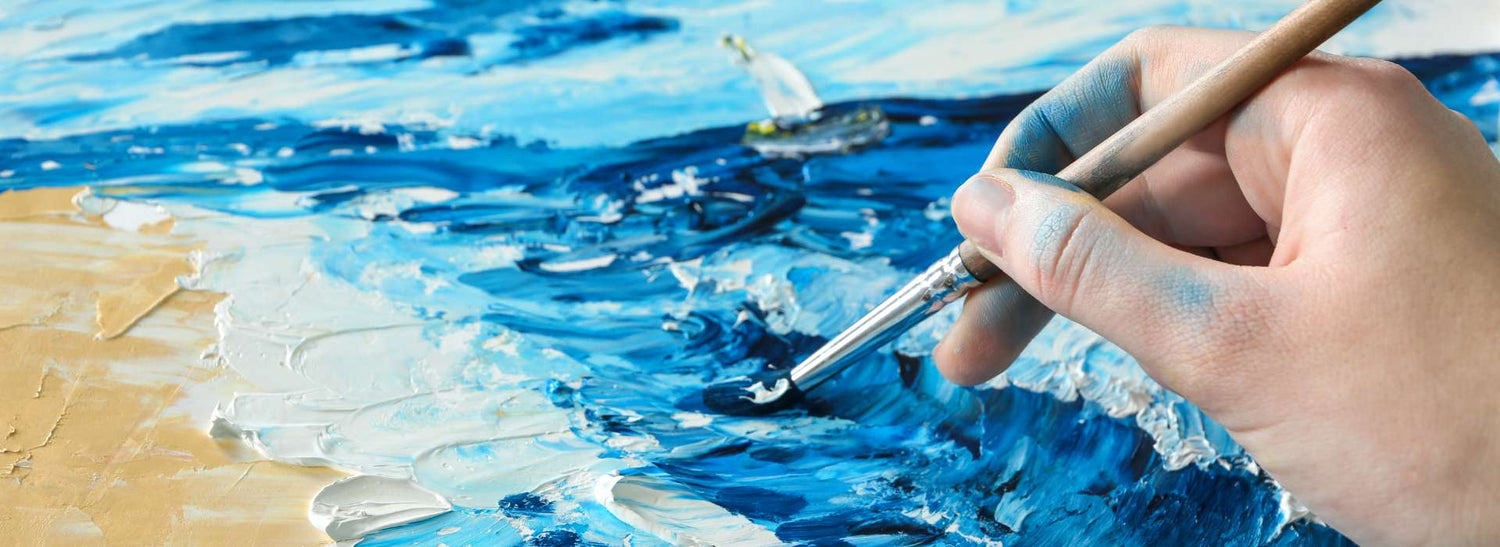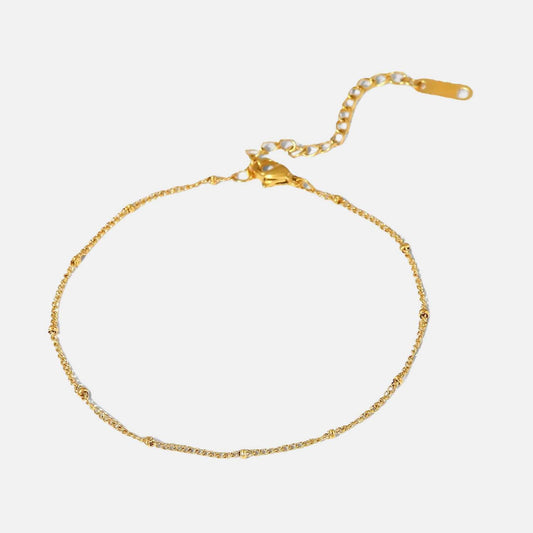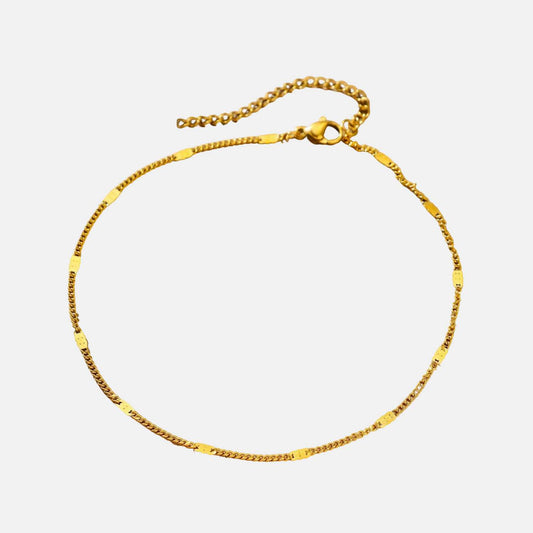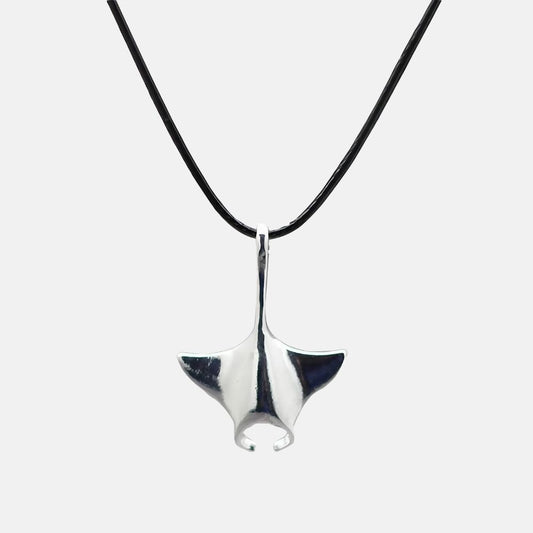
What is Heishi?
The world of art is vast and ever-changing, offering unexpected wonders for those who dare to venture off the beaten path. Among these hidden treasures is Heishi , an art form that, although little known, is worth exploring and appreciating. In this article, we invite you to discover the origins, techniques and cultural significance of Heishi, a multifaceted art that will surprise you with its richness and diversity.
Heishi, whose origins date back centuries, is an ancient art of making beads from shells , semi-precious stones and other natural materials. These pearls are then assembled into necklaces , bracelets and other jewelry, giving birth to jewelry imbued with history and unique know-how. Closely linked to the traditions of indigenous peoples, Heishi embodies the harmony between man and nature, a sacred bond that is reflected in each piece made.
Throughout this article, we will discuss the key stages of making Heishi beads, as well as the evolution of this art over the centuries. We will also introduce you to talented artisans who continue this tradition, as well as their fascinating creations . So, prepare to travel through time and across cultures, as we reveal the secrets of Heishi and its importance in the contemporary art world.
The history of heishi
Heishi, a form of traditional jewelry , originated with the Pueblo Indians of Santo Domingo and San Felipe , who were recognized for their expertise in making such jewelry. Its history is captivating and inextricably linked to that of these ancient peoples.
It can be said with confidence that shell beads are the oldest form of jewelry in New Mexico , and perhaps even in all of North America, dating back to a time before the use of metals. Centuries ago, the Pueblo Indians used shells from the Gulf of California to make their beads.
Making heishi
When looking at a heishi necklace , the first reaction is frequently "how the hell can a person do that?" or “to be so perfect, it must be done by machines”. In reality, if it appears exquisitely perfect, it was most likely made by the hands of a highly skilled and extremely patient craftsman .
Knowing the steps to creating a good heishi necklace can help a potential buyer distinguish - and appreciate - the difference between an excellent handmade piece of jewelry and an imitation.
The judicious choice of raw materials
First of all, the raw materials are chosen. Most commonly used are shells of all kinds – dark and light olive shells, prickly oysters , mother of pearl , melon shell .
Coral and stones such as lapis , turquoise , jet , pipestone and serpentine are also used to create exquisite contemporary heishi necklaces . The craftsman must pay for a quality four lapis or an uncut coral.
Working with raw materials
The process begins now. With vulnerable fingers on either side of a whirring blade , the raw material is cut into strips. Next, small squares are made by biting off pieces of the slice with a hand tool such as pliers.
Using pliers to hold the small squares and a dental drill , a small hole is drilled in the center of each square. After stringing these rough squares of shell or stone onto a fine wire, the process of grinding, shaping and smoothing begins.
Shaping Heishi
The artist shapes the raw bead strand by moving it over and over against a spinning stone wheel, controlling the fineness and diameter of the beads with her hands. At this point, many beads (stone or shell) will be lost - they will chip or crack and fly away when the grinder detects a flaw or burr.
Each type of material must be ground separately. For example, pipestone and jet (high-quality anthracite coal) are soft and wear much faster than harder materials like turquoise, seashell, or lapis.
Additionally, some materials are more difficult to work with than others. With natural turquoise , for example, about 60-70% of the beads are lost. To minimize waste, each bead should be cut into a rough circle before being ground. Now a series of cylinders, often of graduated size, have been formed and are ready to be sanded.
From sandpaper to fine jewelry
The heishi is further shaped and smoothed with finer and finer sandpaper . The rope is then washed with clean water and placed in the sun to air dry. Finally, the heishi thread is polished to perfection on a rotating leather belt. The smooth, polished pearls are now ready to be strung, together or with other pearls, as a fine piece of jewelry.
Following these steps, it takes between two days and a week to prepare a single heishi thread. A good heishi rope will have a uniform consistency . If you pull it gently in your hand, it should feel like a single snake-like piece.
(Note: precisely, due to handwork, a beautiful heishi necklace may contain a slightly defective or chipped individual bead).
Quality criteria in heishi production
On the other hand, lower quality beads often have holes that are too large, making the chain look and feel uneven and uneven.
To make matters worse, these beads are made from a variety of plastic materials in all colors, including block or reconstituted jet, coral , or turquoise.
The importance of the expertise and integrity of the craftsman in the quality of heishi
Ultimately, the quality of fine heishi comes directly from the ingenuity and integrity of the individual artisan. Learning something about the craftsman, knowing if they have been remotely vetted by SWAIA for acceptance in the Indian market, or if they are a member of IACA-Indian Arts and Crafts Association remotely are ways to help you ensure you are purchasing quality heishi.
The trick to buying a heishi
And of course, a gallery or ethical retailer will help you learn more about the artist, the beads themselves, and the creation process. The final guarantee is a certificate of authenticity which can - and should - be requested from the dealer or gallery.
Conclusion on what is Heishi?
By exploring the fascinating world of Heishi, we discovered an ancestral art rich in history that allowed us to delve into the culture of indigenous peoples and appreciate the immense know-how of the artisans. The making of these unique jewels is the result of a delicate and meticulous process, requiring patience, expertise and passion.
By learning to recognize and appreciate the quality of Heishi, you will be able to distinguish genuine works of art from imitations and value the authenticity and tradition behind each piece of jewelry. Do not hesitate to inquire about craftsmen and resellers to ensure the origin and quality of the pieces you choose.
The Heishi is much more than just an adornment; it symbolizes the harmony between man and nature and embodies the sacred bond that unites these two entities. By wearing and appreciating these jewels, you participate in the preservation of a centuries-old tradition and contribute to bringing to life a little-known, but precious, art. So, don't hesitate any longer and let yourself be seduced by the captivating world of Heishi.

































